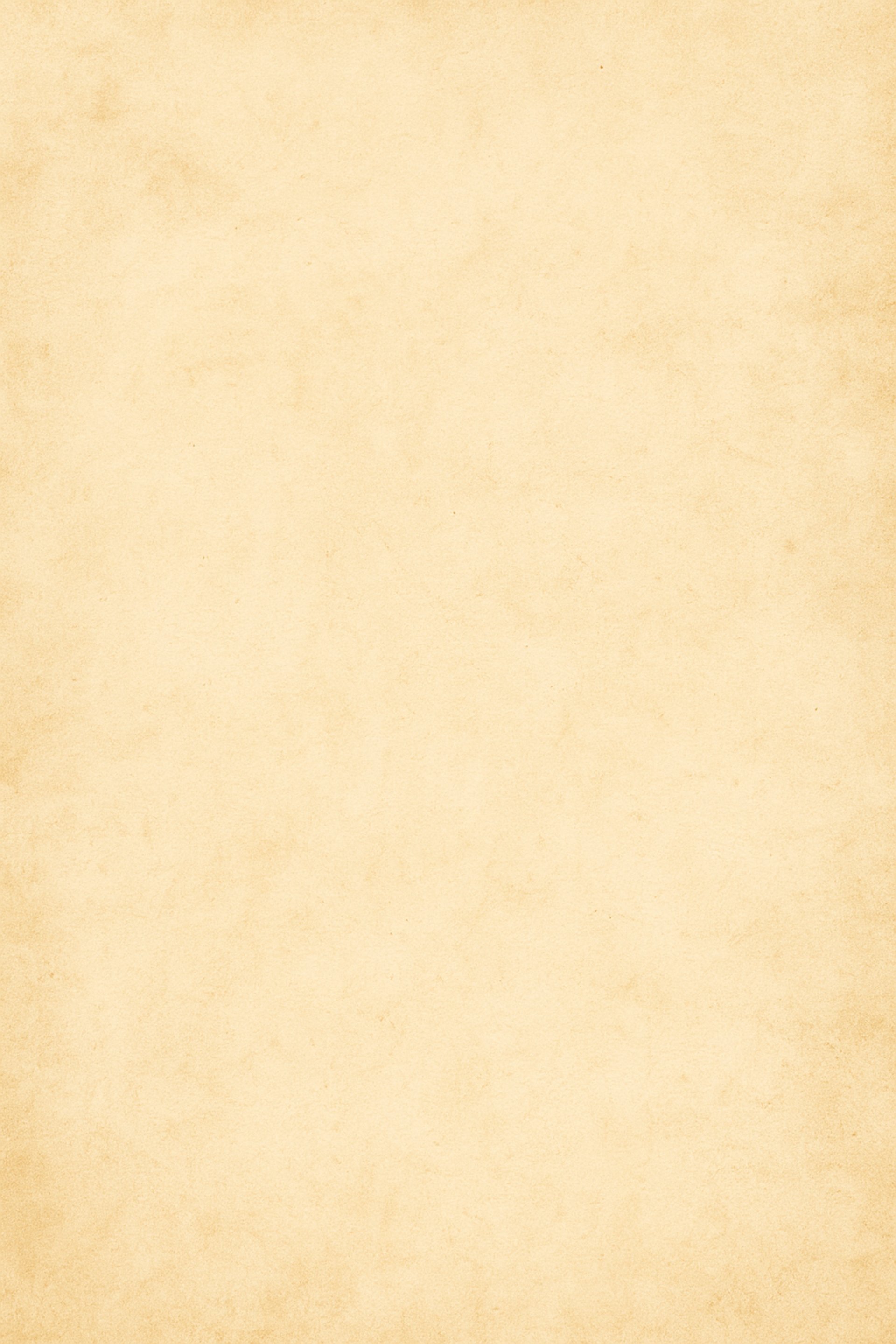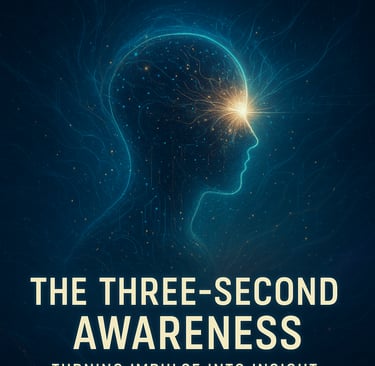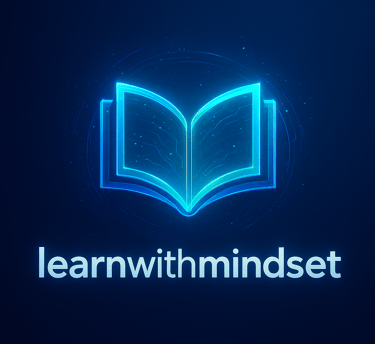
“The Three-Second Awareness — Turning Impulse into Insight”
There’s a tiny gap between impulse and action — an invisible line that separates reaction from wisdom. Most of us cross that line without realizing it, carried away by emotion, habit, or fear. But what if you could hold that space — just for three seconds — and watch what happens inside you before you act? That pause, that moment of awareness, could change everything. I call it The Three-Second Awareness: a simple yet profound practice of catching yourself before the moment catches you.
11/21/2025



“The Three-Second Awareness — Turning Impulse into Insight”
There’s a tiny gap between impulse and action — an invisible line that separates reaction from wisdom. Most of us cross that line without realizing it, carried away by emotion, habit, or fear. But what if you could hold that space — just for three seconds — and watch what happens inside you before you act? That pause, that moment of awareness, could change everything. I call it The Three-Second Awareness: a simple yet profound practice of catching yourself before the moment catches you.
Our lives are full of seconds that decide the direction of hours, days, and even years. The words you say in anger, the decision you make in haste, the opportunity you let slip because of fear — all of them are born in moments that last less than a heartbeat. But what if you could slow those moments down, not by changing time itself, but by changing how you experience it? That’s what Three-Second Awareness does — it stretches your inner time so you can see clearly before you move.
The science behind it is fascinating. When your mind encounters a trigger — say, an insult, a challenge, or a surprise — your amygdala fires instantly. It floods your system with emotion before your logical brain even has time to respond. But if you pause for a few seconds, you give your prefrontal cortex — the rational part of your brain — the chance to step in. That short delay can turn a defensive outburst into a thoughtful reply, a mistake into a mindful action.
But this is more than neuroscience — it’s an art of living consciously. The Three-Second Awareness teaches you to see your thoughts, emotions, and impulses as they arise, without becoming them. You are no longer the storm; you are the sky watching the storm. And that small shift of perspective — from being the thought to observing it — is the beginning of inner freedom.
Let’s make this real with an example. Imagine you’re walking into an important meeting, and someone criticizes your idea. Instantly, your mind rushes to defend. You feel your ego flare up, ready to fight back. But then you remember — three seconds. You breathe. You let the emotion rise, peak, and fall. And in that time, your awareness expands. You realize that defending isn’t always strength; sometimes, silence is. You respond calmly, and the conversation stays productive. Those three seconds saved your peace, your focus, and your credibility.
In relationships, this awareness can heal years of misunderstanding. Suppose you’re having a heated discussion with a loved one. The argument escalates, and you feel words forming on your tongue that could hurt deeply. But you pause — one, two, three. In those seconds, empathy replaces ego. You remember that this person is not your enemy but someone you care about. Your tone softens, your perspective widens, and instead of breaking the bond, you strengthen it.
This practice is not new. The Three-Second Awareness is a bridge between ancient wisdom and modern neuroscience — a way to apply timeless truth in everyday life.
You might ask, “Can such a small pause really make a difference?” The answer is yes — because the mind is like a river, and awareness is the dam that redirects its flow. Without awareness, thoughts rush uncontrollably, creating chaos. But with awareness, you can channel that energy into clarity and compassion. It’s not about suppressing emotion; it’s about transforming it.
In practical terms, this means learning to feel before you act. When something triggers you, don’t rush to respond. Take three seconds. Feel the breath enter and leave your body. Watch the emotion rise like a wave. In those seconds, you’re not passive — you’re powerful. You’re choosing your next move consciously, instead of letting your programming decide for you.
Here’s a simple way to practice it:
1. Whenever you feel an emotional reaction starting, stop for three seconds.
2. Inhale deeply. Feel your breath move through your body.
3. Ask yourself: “What is the best response, not the fastest one?”
4. Then act — from awareness, not from impulse.
The more you practice this, the more natural it becomes. Soon, your inner observer will awaken even in the most stressful moments. You’ll start noticing things you used to miss — the tone behind words, the meaning behind emotions, the opportunity behind obstacles.
Let’s take another real-life situation. You’re at work, overwhelmed by multiple deadlines. Panic starts building — your breath shortens, your mind spins. You feel like giving up or escaping. But then, you pause for three seconds. You take one deep breath, close your eyes briefly, and remind yourself: “I can handle one thing at a time.” Suddenly, your brain calms, your focus returns, and the mountain in front of you looks climbable again.
That’s the quiet miracle of awareness — it doesn’t change the world around you; it changes how you experience it.
Even athletes use this principle, though they might not call it by name. Before taking a crucial shot or making a key move, they center themselves. They breathe, focus, and enter the “zone.” Those few seconds of inner stillness align mind and body, turning pressure into power. The same principle applies to our lives — awareness creates alignment, and alignment creates flow.
In spiritual terms, those three seconds are a sacred space — the point where destiny meets free will. You can either follow your conditioned reaction or awaken to your conscious choice. Every time you choose awareness, you reclaim your freedom. You are no longer a puppet of circumstance; you become a creator of direction.
What’s remarkable is that this awareness multiplies. The more you use it, the longer your inner pause becomes — from three seconds to five, from five to ten. Soon, you’re no longer living reactively; you’re living reflectively. And that’s when real transformation begins.
So the next time life pushes your buttons — when someone tests your patience, when fear rises, when things don’t go your way — remember this: between the trigger and the reaction lies your freedom. It’s not hidden in hours of meditation or books of philosophy. It’s right there, waiting, in three simple seconds.
Those three seconds can change your tone, your decision, your day — even your destiny. Because awareness is the root of all change, and change doesn’t take time; it takes attention.
Three seconds. One breath. Infinite transformation.
That’s the quiet magic of The Three-Second Awareness — the ability to see yourself before you act, to understand before you speak, and to live not as a reaction, but as a reflection of conscious choice. In a world obsessed with speed, this is your reminder that sometimes the greatest strength is found in slowing down — just long enough to truly see.
Inspiration
Empowering learners to achieve their fullest potential.
Growth
Success
© 2025. All rights reserved.
Mrs. Sadhana Ware
